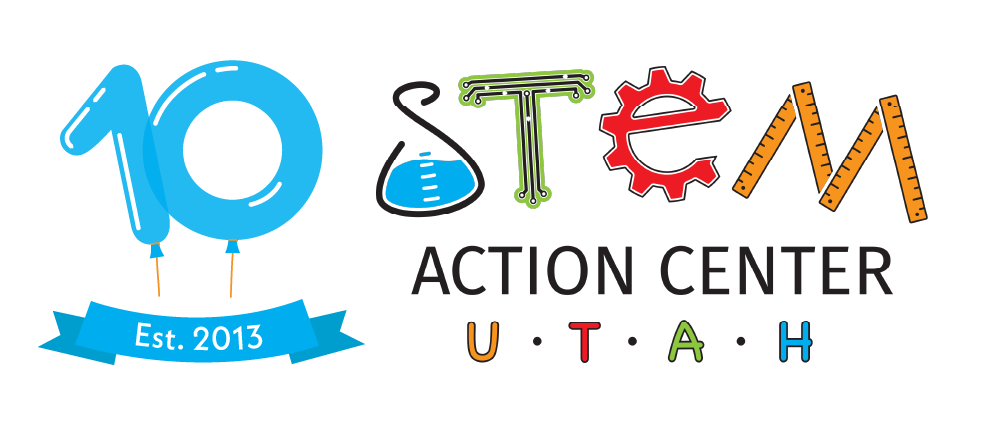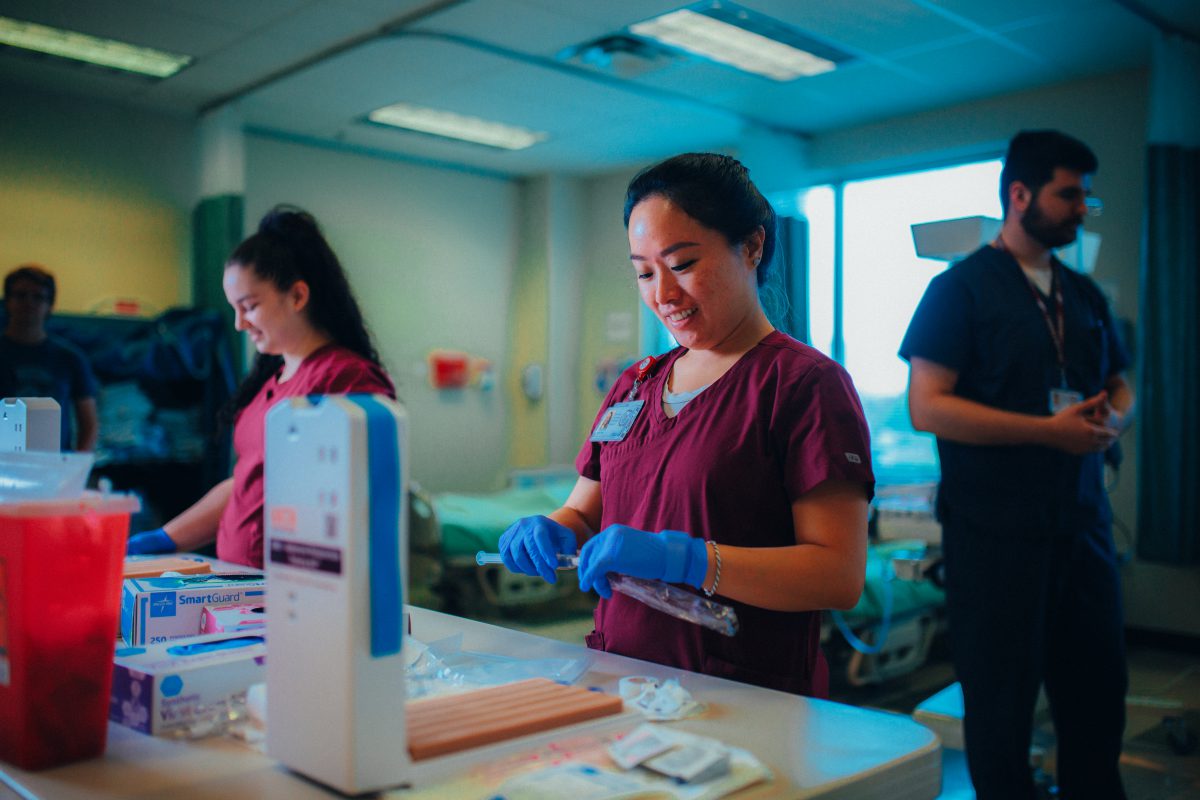By Rachael Thomas, MBA, Roseman University of Health Sciences
Currently in the United States nursing is only recognized by higher education and the U.S. Bureau of Labor Statistics as a STEM (Science, Technology, Engineering, and Mathematics) profession. Although nurses utilize all aspects of STEM to perform their duties and responsibilities, they do not fall into one specific STEM category, therefore the Department of Commerce’s Economics and Statistics Administration and the Department of Homeland Security and ICE do not list nursing as a STEM profession.
However, both while in school and in practice, nurses apply scientific principles, technology, engineering, and mathematical concepts in the delivery of patient care. Below are just a few examples of how STEM is applied in the nursing field.
- Science: Nursing requires a strong understanding of anatomy, physiology, microbiology, and pharmacology. In addition, nursing also requires the understanding of the social and behavioral sciences of sociology, developmental lifespan psychology, and psychology to properly assess, diagnose, and treat patients.
- Technology: Nurses use a variety of technology in their practice, including electronic health records, diagnostic equipment, and medical devices. They must also stay up to date with advances in healthcare technology to ensure that they are providing the best possible care to their patients.
- Engineering: Nurses must have a basic understanding of engineering principles to operate and maintain medical equipment and devices, as well as to ensure the safety and comfort of patients.
- Mathematics: Nurses use mathematical concepts to calculate medication dosages, monitor vital signs, and evaluate patient outcomes.
The utilization of STEM allows nurses to promote health and well-being, prevent illness, and provide high-quality patient care. In addition, nurses are better equipped to provide safe, effective, and evidence-based care to their patients because of their knowledge in science, technology, engineering, and mathematics.
According to a journal written by Cheryl Green and Lori John, “Acknowledgment of nursing as a STEM profession could potentially make more funding available for nursing education within the US and address nursing shortages both in clinical and academic settings.–as well as position professional nurses for careers not only within the health sector but that of business and industry.” If nursing were more widely acknowledged as a STEM career it could “[bring] national and worldwide recognition to nursing in both academia, industry, business, and clinical settings, as a profession contributing to the science of improvement of the health of all people through STEM knowledge.” Academic institutions recognize the need to inspire young people in the areas of STEM while teaching them about the various applications of STEM practice in a multitude of healthcare related careers.
Roseman University of Health Science’s College of Nursing offers undergraduate- and graduate-level nursing programs, emphasizing real-world training and applications. To date, Roseman has educated more than 7,200 students in Utah and Nevada in preparing for healthcare positions. Learn about Roseman programs at www.roseman.edu/.

